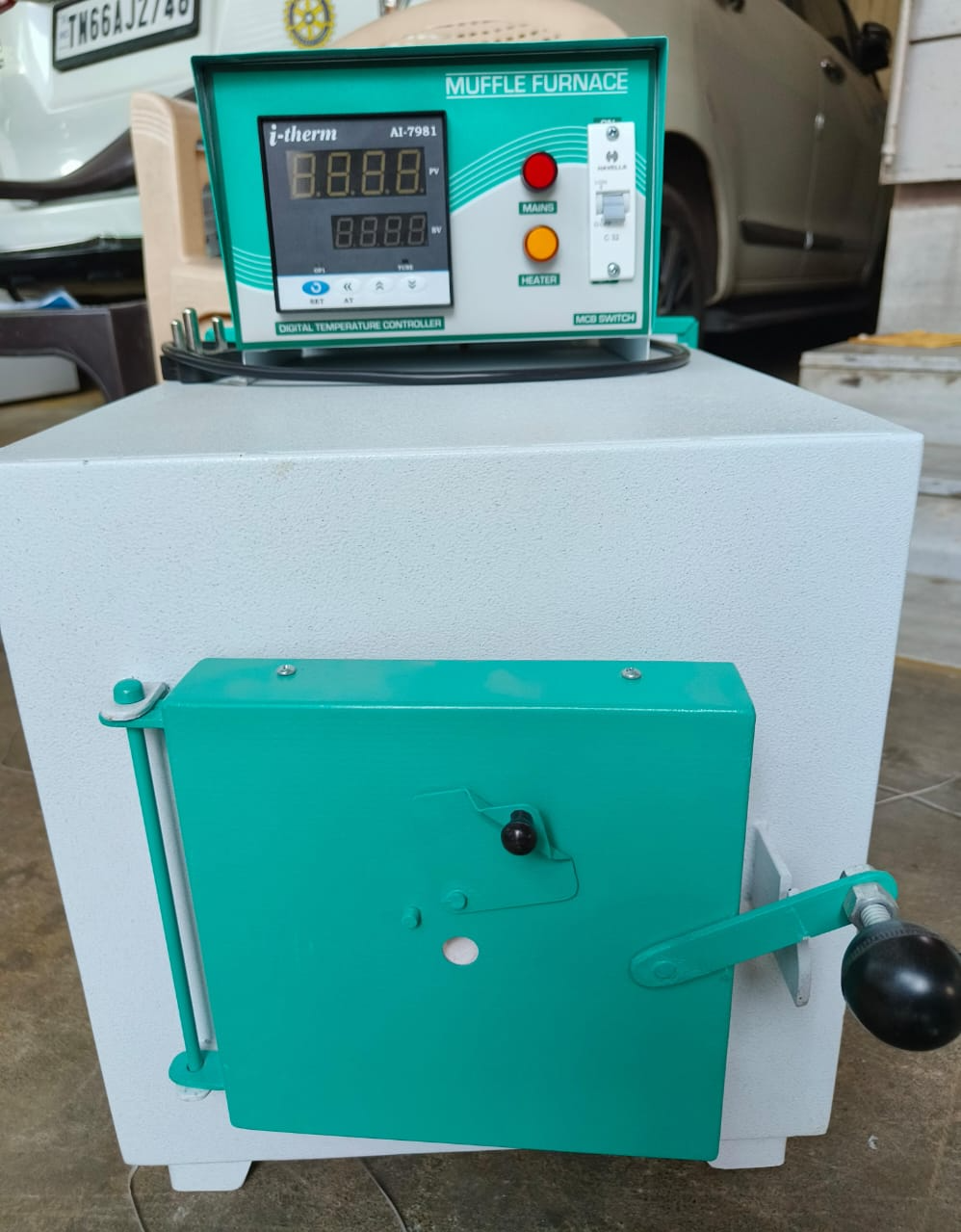
2025-03-25T13:18:15
A muffle furnace or muffle oven (sometimes retort furnace in historical usage) is a furnace in which the subject material is isolated from the fuel and all of the products of combustion, including gases and flying ash.[1] After the development of high-temperature heating elements and widespread electrification in developed countries, new muffle furnaces quickly moved to electric designs.[2] Modern furnace Today, a muffle furnace is often a front-loading box-type oven or kiln for high-temperature applications such as fusing glass, creating enamel coatings, ceramics and soldering and brazing articles. They are also used in many research facilities, for example by chemists in order to determine what proportion of a sample is non-combustible and non-volatile (i.e., ash). Some models incorporate programmable digital controllers, allowing automatic execution of ramping, soaking, and sintering steps.[3] Also, advances in materials for heating elements, such as molybdenum disilicide, can now produce working temperatures up to 1, 800 degrees Celsius (3, 272 degrees Fahrenheit), which facilitate more sophisticated metallurgical applications. [citation needed] The heat source may be gas or oil burners, but more often they are now electric. The term muffle furnace may also be used to describe another oven constructed on many of the same principles as the box-type kiln mentioned above, but takes the form of a long, wide, and thin hollow tube used in roll-to-roll manufacturing processes.[citation needed] Both of the above-mentioned furnaces are usually heated to desired temperatures by conduction, convection, or blackbody radiation from electrical resistance heater elements.[citation needed] Therefore, there is (usually) no combustion involved in the temperature control of the system, which allows for much greater control of temperature uniformity and assures isolation of the material being heated from the byproducts of fuel combustion.

Have a question? Ask here!
Required fields are marked *